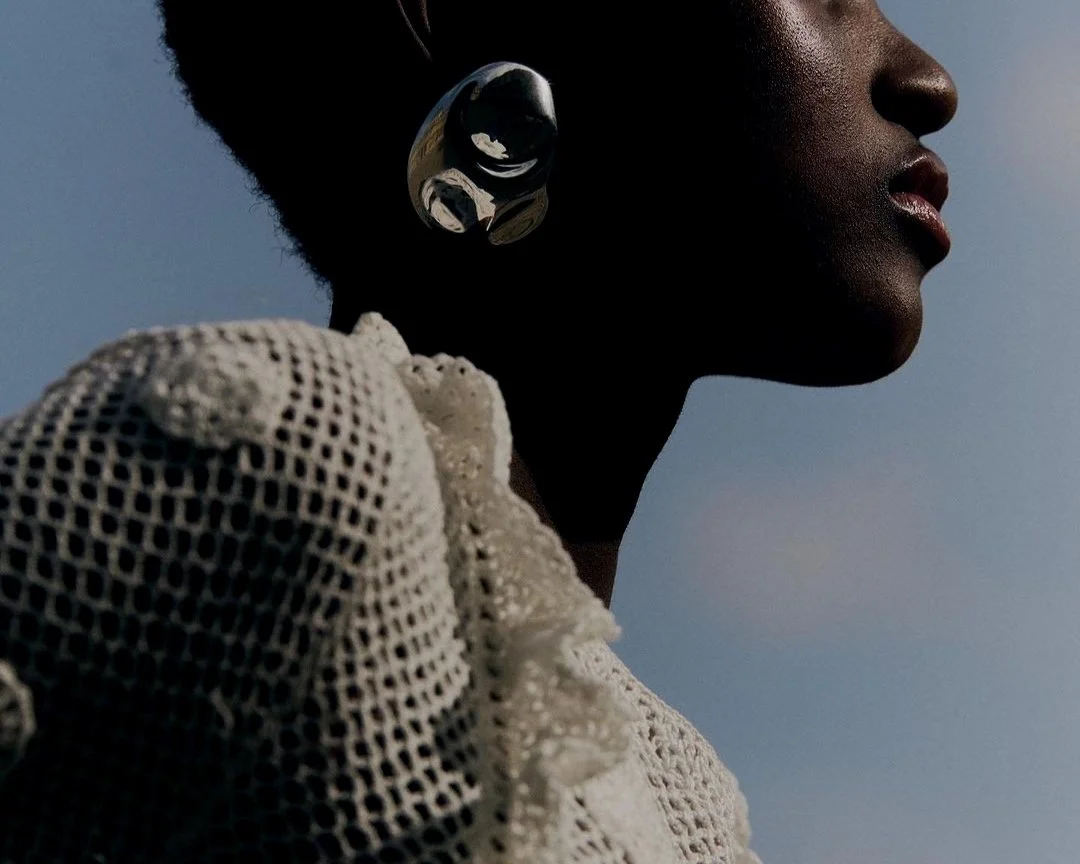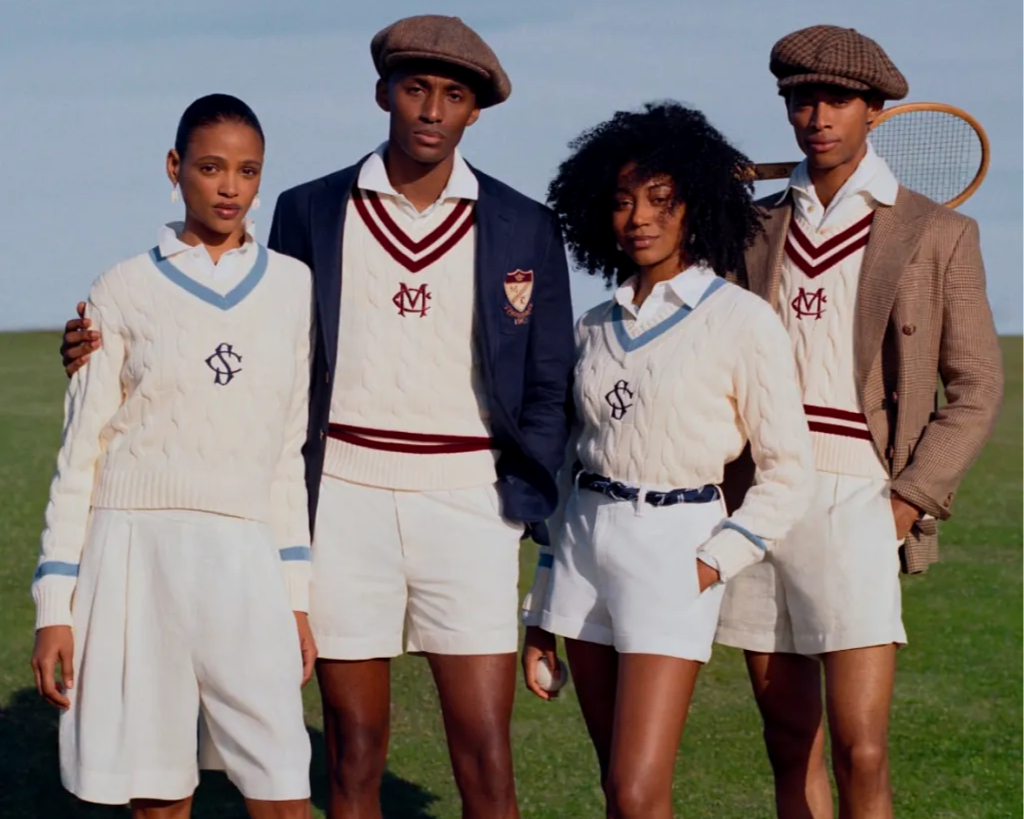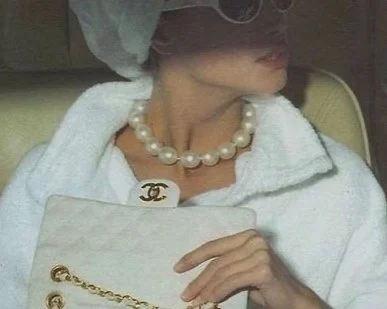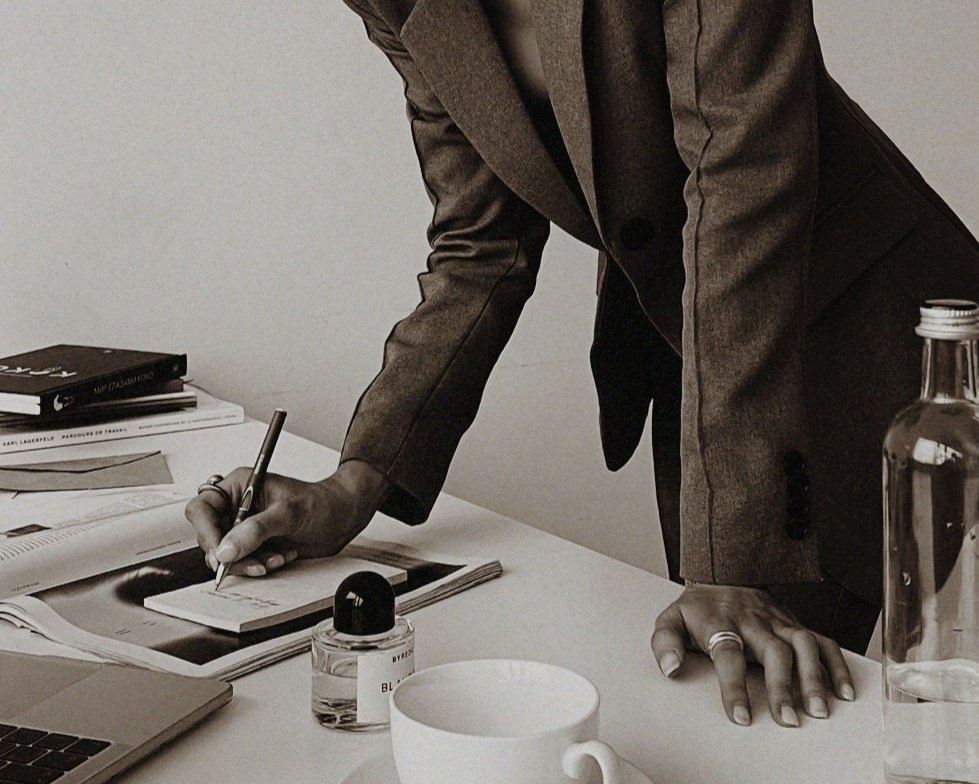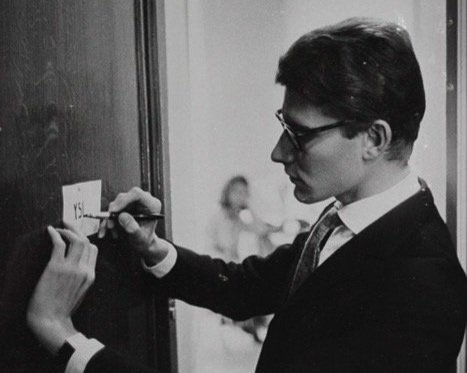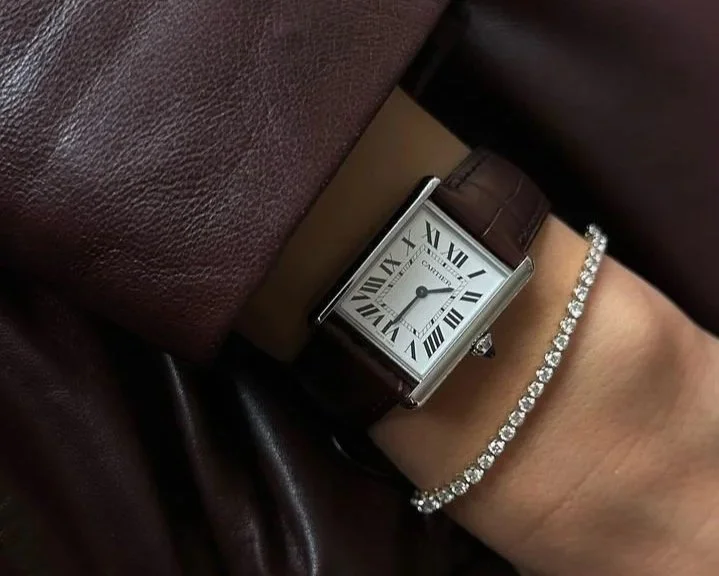Luxury Fashion Decoded: A Guide to the History, Brands & Trends
Luxury fashion is more than just high-priced clothing—it's a cultural statement, a symbol of craftsmanship, and a marker of identity.
From the storied maisons of Paris to the emerging ateliers in Asia and Africa, luxury fashion represents the pinnacle of artistry, heritage, and prestige. But in an era of fast fashion and influencer culture, the lines around luxury have become increasingly blurred.
This guide exists to decode the concept of luxury fashion—clarifying what it truly means, how it has evolved, and which brands continue to define the industry. Whether you are a consumer, professional, or simply a fashion enthusiast, this comprehensive resource will deepen your understanding of the fascinating world of luxury fashion.
What is Luxury Fashion?
At its core, luxury fashion is defined by:
Exceptional Craftsmanship: Meticulous, often hand-finished construction using the finest materials.
Heritage and Storytelling: Deep-rooted histories, often with decades or centuries of legacy.
Exclusivity: Limited production, often accompanied by exclusivity of access and availability.
Aspirational Value: A brand’s ability to evoke desire, status, and cultural significance.
Timelessness: While trends influence design, luxury fashion transcends seasonal fads.
What Luxury Fashion Isn’t
Fast Fashion: Fast fashion mimics trends but sacrifices quality and craftsmanship.
Diffusion Lines: Brands like “Marc by Marc Jacobs” or “RED Valentino” are diluted offerings.
Pre-Luxury: Labels like Tory Burch, Michael Kors, Coach, and Kate Spade fall into the premium or pre-luxury category—they offer aspirational price points but lack the craftsmanship, heritage, and exclusivity to be classified as true luxury.
Mass Market: Luxury brands deliberately avoid mass production to maintain exclusivity, which distinguishes them from high-street and department store brands.
Elevate Your Life
Take our conscious luxury course and turn your life into a masterpiece of majestic moments — tailored to your distinct tastes and personal preferences.
A Brief History of Luxury Fashion
European Origins
Luxury fashion began in the royal courts of Europe, where opulent garments signified status and power. Paris, under Louis XIV, became the epicenter of luxury with the establishment of specialized artisans known as les métiers d'art.
Fashion Maison
In the 19th and early 20th centuries, couturiers like Coco Chanel and Christian Dior formalized the concept of the fashion house (maison), blending artistry, craftsmanship, and brand identity. These maisons pioneered the designer-as-brand model, elevating fashion to a cultural and commercial force that defined luxury for generations.
Ready-to-Wear
The 20th century introduced prêt-à-porter (ready-to-wear), shifting luxury from exclusive couture to high-quality, limited-run collections. Designers like Yves Saint Laurent expanded fashion’s reach, making luxury more accessible while maintaining craftsmanship, prestige, and seasonal innovation, setting the foundation for today’s industry.
Global Expansion
Luxury fashion is no longer Eurocentric—it is evolving into a global language of prestige and cultural expression. In recent decades, the luxury narrative expanded beyond Europe and North America.
Asia—especially China, Japan, and South Korea—has become a dominant market for luxury consumption and increasingly, luxury production.
Middle East—countries like the UAE and Saudi Arabia are fostering homegrown designers while also serving as hubs of luxury retail and hospitality.
Africa—notably Nigeria, South Africa, and emerging talent from Kenya and Ghana—are contributing vibrant, culturally rich perspectives to global luxury fashion conversations.
Hierarchy of Luxury Fashion Brands
Haute Couture
The zenith of luxury fashion, haute couture is strictly regulated in France and reserved for a select few maisons like Chanel, Dior, Schiaparelli, and Maison Margiela Artisanal. These pieces are entirely handmade, often requiring hundreds of hours of labor, involving the highest level of craftsmanship, custom fittings, and rare materials. Haute couture is less about profitability and more about preserving artistry, heritage, and prestige, serving as the ultimate expression of a brand’s creative identity.
Heritage Maisons
Brands like Hermès and Louis Vuitton epitomize heritage luxury, representing centuries of artisanal mastery and cultural significance. They offer signature pieces—like the Birkin, Kelly, or LV trunks—that have become enduring status symbols. These ultra-luxury brands maintain tight control over production, distribution, and brand narrative, ensuring their exclusivity and timeless appeal.
Modern Luxury
Labels like Loewe, Jacquemus, and Bottega Veneta a newer wave of luxury—youthful, culturally relevant, and creatively daring. Modern luxury fuses artistic direction with commercial success, often becoming social media phenomena while upholding quality, craftsmanship, and design integrity.
Avant-Garde
Fashion-forward houses such as Balenciaga, Rick Owens, and Comme des Garçons push the boundaries of design, blending conceptual creativity with luxury craftsmanship. Known for experimental silhouettes, unconventional materials, and runway theatrics, these brands challenge fashion norms while commanding premium pricing and influential status within the fashion ecosystem.
Premium Brands
Coach, Michael Kors, Tory Burch, and Kate Spade occupy the premium or pre-luxury tier—marketed as aspirational yet produced at a scale that sacrifices exclusivity and craftsmanship. These brands cater to a broader, middle-market consumer seeking designer-inspired aesthetics without the heritage, artistry, or prestige that defines true luxury fashion.
Iconic Luxury Fashion Brands
Certain maisons stand as the unshakable pillars of luxury fashion, celebrated not only for their products but for their lasting cultural, artistic, and societal influence. These brands have transcended trends to become enduring symbols of status, craftsmanship, and taste.
An iconic luxury brand is defined by:
Timeless Designs that transcend trends and remain relevant across decades;
Cultural Impact, influencing art, entertainment, and social identity;
Historical Significance, rooted in authentic heritage and craftsmanship;
Evolution Without Dilution, adapting to modernity while preserving core identity;
Symbolic Power, where products are more than objects—they represent lifestyle, status, and personal expression.
Chanel
Synonymous with timeless femininity and understated elegance, Chanel revolutionized women’s fashion with relaxed silhouettes and functional elegance. From the little black dress to the Chanel 2.55 handbag and signature tweed jackets, Chanel’s codes have remained culturally iconic for over a century, blending tradition with modernity through each era.
Hermès
The epitome of quiet luxury and artisanal mastery, Hermès is revered for its leather craftsmanship, equestrian heritage, and uncompromising quality. The Birkin and Kelly bags are more than accessories—they are cultural artifacts, representing discretion, waiting lists, and a commitment to craft over trend.
Louis Vuitton
Founded as a luxury trunk maker, Louis Vuitton has become synonymous with travel and global prestige. The Monogram Canvas, Speedy, and Keepall bags are global icons, while the brand continues to reinvent itself through artistic collaborations, runway innovation, and expansion into ready-to-wear, menswear, and high jewelry.
Dior
Dior’s legacy is anchored in romantic femininity and structured elegance, beginning with Christian Dior’s “New Look” that redefined post-war fashion. Today, the brand bridges heritage and modernity, excelling in both couture and accessible luxury with strong cultural influence across women’s and men’s fashion.
Gucci
One of the most transformative brands in modern fashion, Gucci blends maximalism, heritage, and pop culture relevance. Under various creative directors, Gucci has oscillated between heritage craftsmanship and provocative, trend-setting design, appealing to both traditional luxury consumers and younger, fashion-forward audiences.
Prada
Known for its intellectual minimalism and unconventional elegance, Prada revolutionized fashion with nylon bags and a post-modern aesthetic that blends utilitarian design with high luxury. Prada stands apart for its subtle rebellion, appealing to those who favor refined sophistication with a cerebral edge.
Saint Laurent
A symbol of Parisian cool and rock chic glamour, Saint Laurent pioneered androgynous silhouettes and sharp tailoring—from the Le Smoking tuxedo to modern street-luxury pieces. The brand retains an edgy yet timeless allure, consistently influencing global fashion narratives.
Fendi
Renowned for its fur craftsmanship, artisanal leather goods, and playful Italian elegance. Under Karl Lagerfeld’s five-decade tenure, the brand gained global fame with the double F logo and iconic pieces like the Baguette bag. Fendi continues to merge Roman heritage with modern innovation, excelling in ready-to-wear, leather, and couture.
Niche Luxury Fashion Brands
Beyond mainstream luxury lies the discreet world of niche luxury fashion, reserved for those who value subtlety and originality over mass appeal. These brands attract true connoisseurs—those who dress for personal pleasure rather than public recognition. These brands offer:
Material Mastery, using rare, ethically sourced, or highly specialized fabrics.
Craftsmanship Excellence, prioritizing small-batch production and artisanal techniques.
Cultural Cachet, recognized by insiders rather than the masses.
Longevity Over Popularity, focusing on timeless pieces that wear beautifully over time.
For those seeking genuine luxury, niche brands represent true exclusivity and refined taste.
Loro Piana
Stands as the epitome of stealth wealth, renowned for sourcing the world’s rarest natural fibers like baby cashmere and vicuña. Favored by those who shun overt logos, Loro Piana’s understated garments represent comfort, exclusivity, and timeless quality.
Alaïa
Revered for sculptural, body-hugging designs that blend sensuality with architectural precision. The brand enjoys cult status among fashion insiders, producing pieces meant to celebrate the form rather than chase fleeting trends.
Khaite
Has quickly risen as a leader in modern American luxury, offering elevated essentials with sharp tailoring and rich textures. Known for cult-favorite knitwear and statement coats, Khaite captures the balance between comfort, functionality, and effortless polish.
Celine
Particularly under Phoebe Philo’s minimalist reign and the emerging Michael Rider era, Celine is a beacon of refined elegance. Its appeal lies in pared-back designs, architectural tailoring, and timeless pieces designed to outlast trends.
Jil Sander
Famous for German precision and radical simplicity, focuses on luxurious materials, impeccable tailoring, and minimalist lines. The brand appeals to those who see elegance in restraint, offering a purist’s approach to modern dressing.
The Row
Founded by Mary-Kate and Ashley Olsen, The Row is known for impeccable tailoring, luxurious fabrics, and understated elegance. The brand rejects logos in favor of stealth wealth and timeless design, blending New York minimalism with European craftsmanship. It appeals to those who value discreet, investment-worthy pieces that transcend trends.
Toteme
A Stockholm-based brand by Elin Kling and Karl Lindman, offers clean lines and versatile wardrobe staples rooted in Scandinavian minimalism. With neutral palettes and thoughtful proportions, Toteme focuses on elevated essentials for everyday elegance. It is favored by those who appreciate quiet luxury with modern simplicity.
Key Luxury Fashion Trends
Luxury fashion is constantly evolving, shaped by cultural shifts, generational preferences, and global market forces. The following trends are redefining the industry in both challenges and opportunities:
Sustainability and Slow Luxury
Consumers are demanding sustainability, traceability, and ethical practices, pushing brands toward eco-conscious materials, reduced waste, and seasonless designs. Houses like Stella McCartney, Loro Piana, and Celine leading the slow fashion movement, creating pieces meant to be worn for decades, not discarded after a season.
Quiet Luxury and Stealth Wealth
A rising backlash against logo-heavy fashion has led to the quiet luxury boom, where subtle craftsmanship and material excellence replace flashy branding. Brands like The Row, Loro Piana, Bottega Veneta, and Khaite cater to consumers seeking understated prestige and enduring style.
Emerging Markets and Gen Z
Luxury’s growth is fueled by China, South Korea, the Middle East, and select African markets, while Gen Z consumers are shifting expectations toward digital engagement, inclusivity, and cultural relevance. Gen Z demands authentic storytelling, values-driven brands, and products that reflect personal identity.
DTC and Hybrid Fashion Weeks
Brands are investing in direct-to-consumer strategies, leveraging e-commerce, personalized services, and exclusive drops to engage customers directly. Simultaneously, fashion weeks are evolving into hybrid physical-digital events, democratizing access while retaining exclusivity.
The Future of Luxury Fashion
Ultimately, luxury fashion is not simply about price—it’s about brand building with presence, purpose, and persistent cultural relevance as the foundation. The future belongs to brands that honor their roots while courageously shaping the world of tomorrow.
Challenges
Overexposure: Constant product drops and collaborations risk brand dilution.
Counterfeits: The booming resale market brings authenticity challenges and rampant fakes.
Relevance: Luxury brands must remain relevant in diverse, rapidly changing societies, navigating cultural sensitivity, evolving beauty standards, and political correctness.
Opportunities
Double down on craftsmanship,
Commit to sustainability,
Embrace innovation (especially AI), and
Foster genuine community and cultural relevance.
Luxury must remain symbol of artistry, individuality, and refinement, not just wealth. The next chapter of luxury will belong to brands that uphold their heritage while adapting to new cultural narratives.
For consumers, true luxury fashion is an investment in artistry and heritage—not mere labels. Understanding the distinction between luxury, premium, and fast fashion empowers you to curate a wardrobe of lasting value.
For professionals, navigating the evolving luxury fashion landscape requires deep knowledge of brand positioning, market dynamics, and shifting consumer values.



